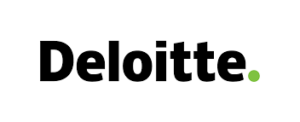Sustainability
The commitment of the automotive sector to be greener and cleaner remains undiminished, regardless of the outside factors that have buffeted the world. Achieving the right balance of economic progress, environmental care and social responsibility is of vital importance.
Looking to the future, industry will continue to drive down emissions as technical progress and a collaborative government approach will help to move the UK towards a more sustainable and low carbon future.

